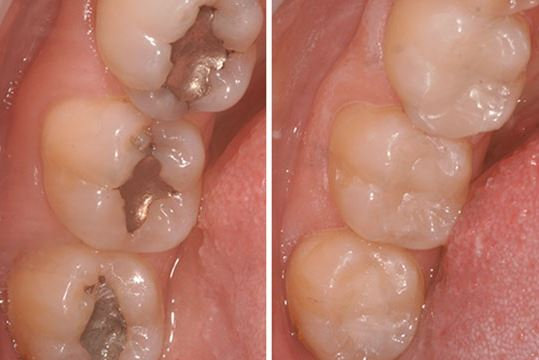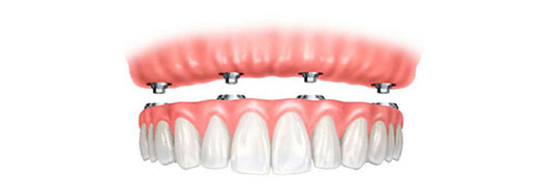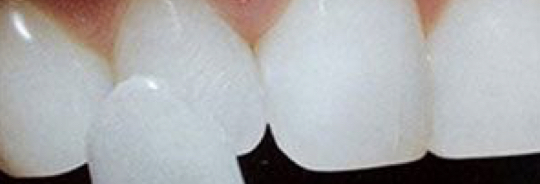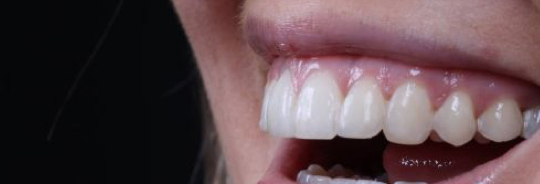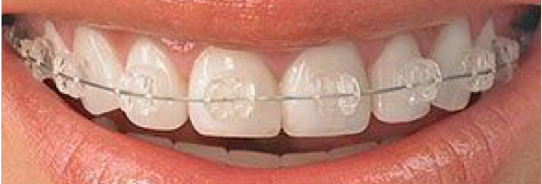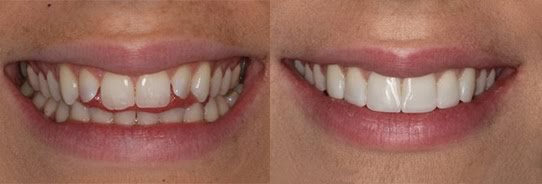
Blog
We post all the latest information here regularly so it's always up to date for you. If there is a topic you would like to have us cover please ask.
16 November 2017
Pain After Wisdom Tooth Extraction

Following a tooth extraction, your body forms a small blood clot in order to protect the temporarily exposed bone lying underneath. However, in some cases the clot may not fully form, resulting in the bone becoming exposed and delaying the healing process, causing discomfort known as 'dry socket'. In other words, a dry socket is formed due to the partial or total loss of blood in the tooth socket following an extraction.
Causes
- Smoking: If you smoke, you are at greater risk of decreasing the supply of blood in the mouth, delaying healing time as a blood clot will not be able to form.
- Bacteria: If you suffer from a bacterial infection in your moth such as periodontal disease, this may cause the blood clot to dissolve in the socket.
- Mechanical: In some cases, over-aggressive rinsing or spitting can dislodge the clot, as can drinking through a straw.
- Blood Supply: Poor blood supply can also prevent the blood clot from properly forming, resulting in dry socket.
Most Common In:
- People using birth control pills
- Smokers
- Suffer from poor oral hygiene
- Underwent wisdom tooth extraction
Prevention
You can reduce the risk of dry socket by simply following the instructions of your dentist. It's vital you avoid smoking and hot drinks or foods for at least 2-3 days following an extraction, allowing the blood clot to properly form.
Treatment
Once your dentist has confirmed the presence of dry socket, they will flush the socket out using an antibacterial wash in order to remove food debris and allow blood flow back to the area. You may be required to repeat this once or twice over the next few days.





